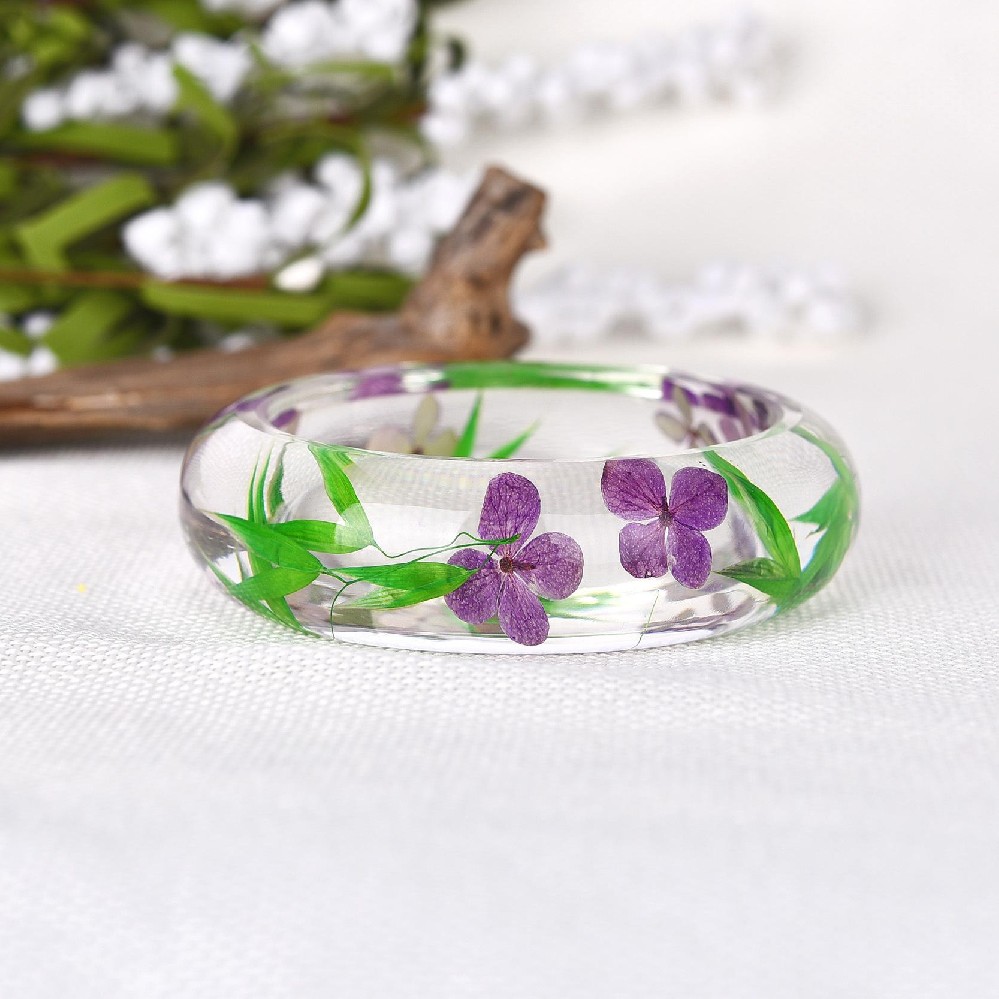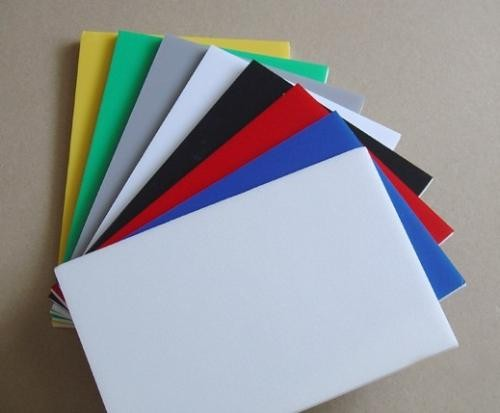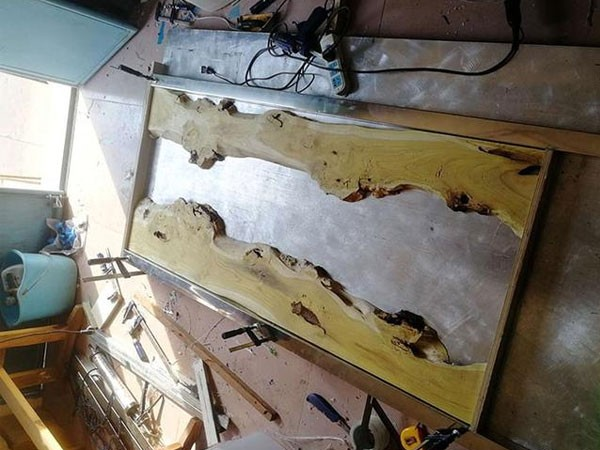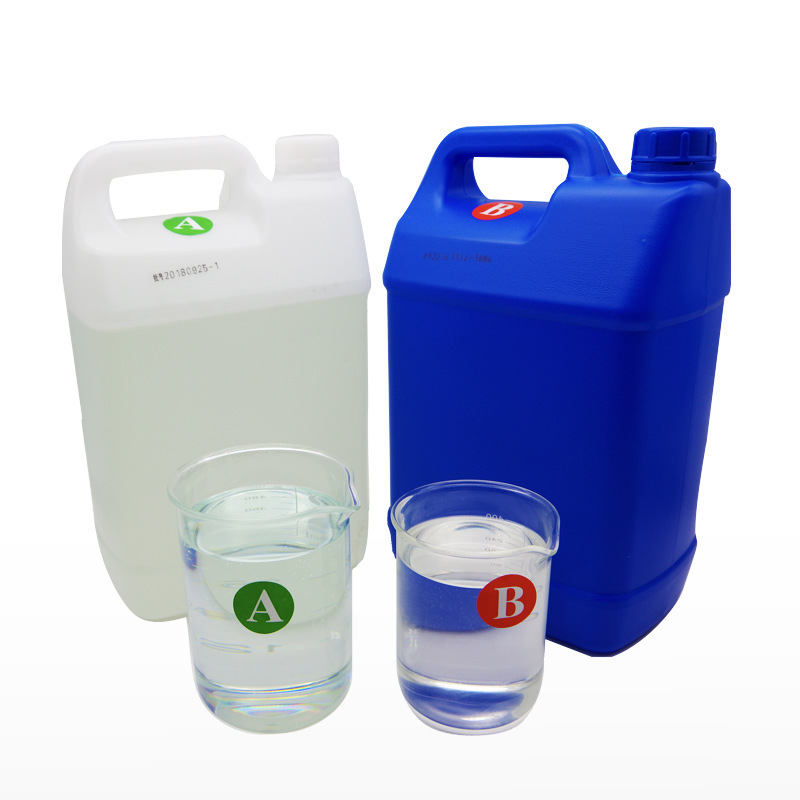

How to Bond PVC: The Ultimate Guide to Choosing the Right Adhesive
When it comes to working with PVC, one of the most common questions is, “What glue works best for this material?” Before diving into adhesive options, let’s break down what PVC is and why bonding it requires specific considerations.
What Is PVC and Why Does It Need Specialized Adhesives?
PVC (polyvinyl chloride) is a versatile thermoplastic used in everything from pipes and flooring to craft projects and packaging. Its chemical structure creates a non-porous, semi-rigid surface, making it tricky to bond without the right adhesive. Two key challenges stand out:
- Low Surface Energy: PVC has a lower surface tension than many adhesives, meaning liquids like water or standard glues bead up instead of spreading evenly.
- Smooth Surface: The glossy finish of most PVC products reduces mechanical interlocking, which is crucial for strong bonds.
The Best Adhesives for PVC: Top Picks for Every Project
1. Epoxy AB Glue: The Industrial Workhorse
Epoxy-based AB glues are the gold standard for heavy-duty PVC bonding. Here’s why:
- Two-Part Formula: Mix equal parts resin and hardener for a chemical reaction that creates a rigid, permanent bond.
- Strength & Versatility: Bonds to both rigid and flexible PVC, resists water and chemicals, and works for structural applications like pipes or furniture.
- Pro Tip: Look for “PVC-specific” epoxies (e.g., Loctite Epoxy All-Purpose) for enhanced adhesion.
2. Solvent Cement: The Go-To for Plumbing
For PVC pipes and fittings, solvent cement is unbeatable:
- How It Works: The solvent softens the PVC surface, creating a molecular bond as it evaporates.
- Speed & Durability: Forms a leak-proof seal in seconds, ideal for pressure-rated pipes (think DIY plumbing projects).
- Top Pick: Oatey PVC Cement is a trusted name in the plumbing industry.
3. Polyurethane Adhesives: Flexible and Forgiving
Ideal for projects needing a bit of give:
- Key Benefit: Cures flexibly, making it great for bonding PVC to fabric, rubber, or uneven surfaces.
- Waterproof & Weatherproof: Perfect for outdoor applications like garden hose repairs or pool liners.
4. Specialty Glues for Crafts and Decor
For DIY enthusiasts, try these options:
- PVC-Specific Craft Glues: Products like E6000 Craft Adhesive are designed for jewelry, signs, and decorations. They dry clear and offer flexibility.
- Double-Sided Tape: Heavy-duty options (e.g., 3M VHB Tape) work for lightweight PVC decor when permanent bonding isn’t needed.
Step-by-Step Bonding Guide: Ensure a Strong Hold
- Prep the Surface:
- Clean with isopropyl alcohol to remove oil, dust, or wax.
- Lightly sand glossy PVC with 220-grit sandpaper to create texture (skip this for matte finishes).
- Apply the Adhesive:
- For epoxies: Mix thoroughly and apply a thin layer to both surfaces.
- For solvent cement: Brush a generous coat on both ends of the pipe/fitting.
- Clamp and Cure:
- Hold parts together for 30–60 seconds (epoxy) or twist fittings firmly (solvent cement).
- Let cure fully (24 hours for epoxy, 1–2 hours for solvent cement) before applying stress.
Common Mistakes to Avoid
- Using the Wrong Glue: Don’t rely on super glue (cyanoacrylate) for PVC—it forms a weak bond that cracks over time.
- Skipping Surface Prep: Even a tiny layer of grease can cause adhesion failure.
- Rushing the Cure: Premature handling leads to sloppy joints or leaks.
Key Takeaway
The right glue for PVC depends on your project’s needs:
- Industrial/Plumbing: Solvent cement or heavy-duty epoxy.
- Crafts/Decor: Flexible craft glues or double-sided tape.
- Repairs: Polyurethane for flexibility or epoxy for strength.







